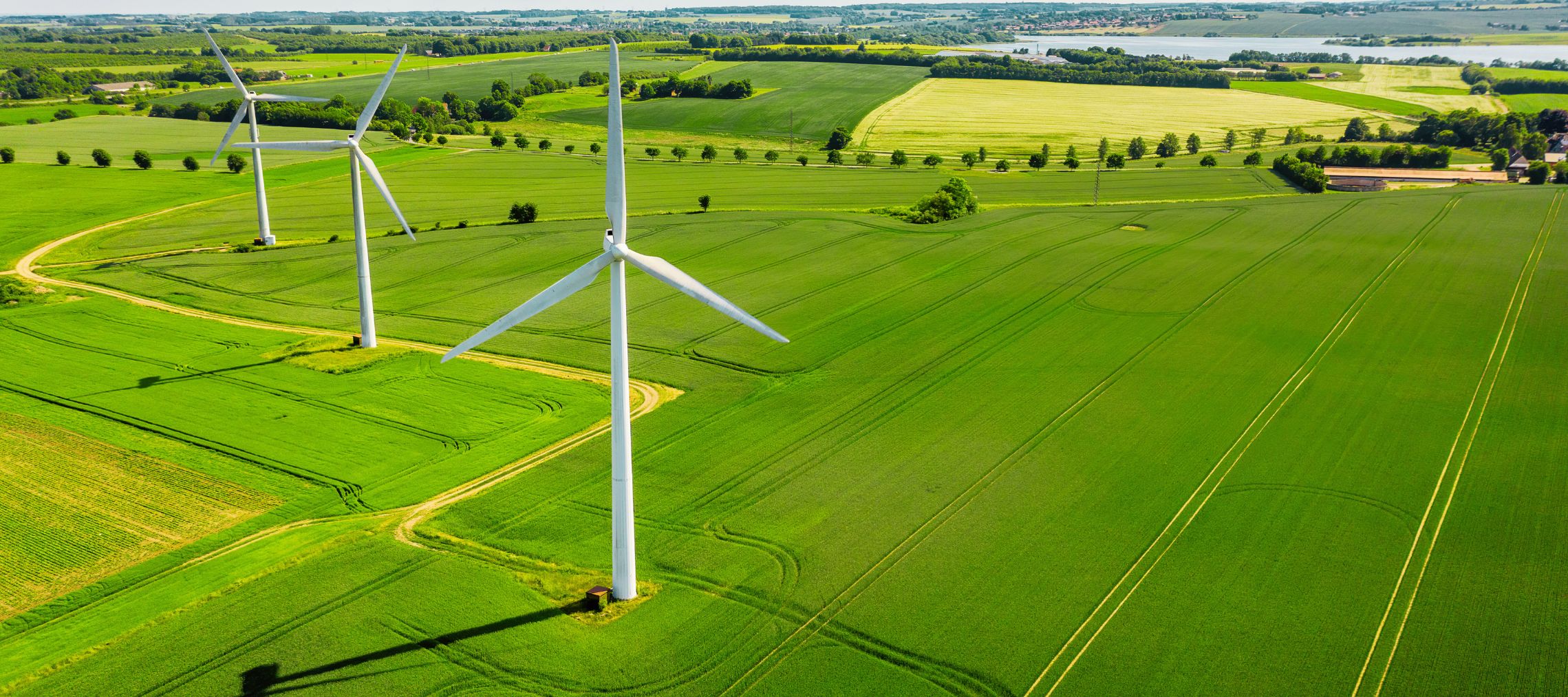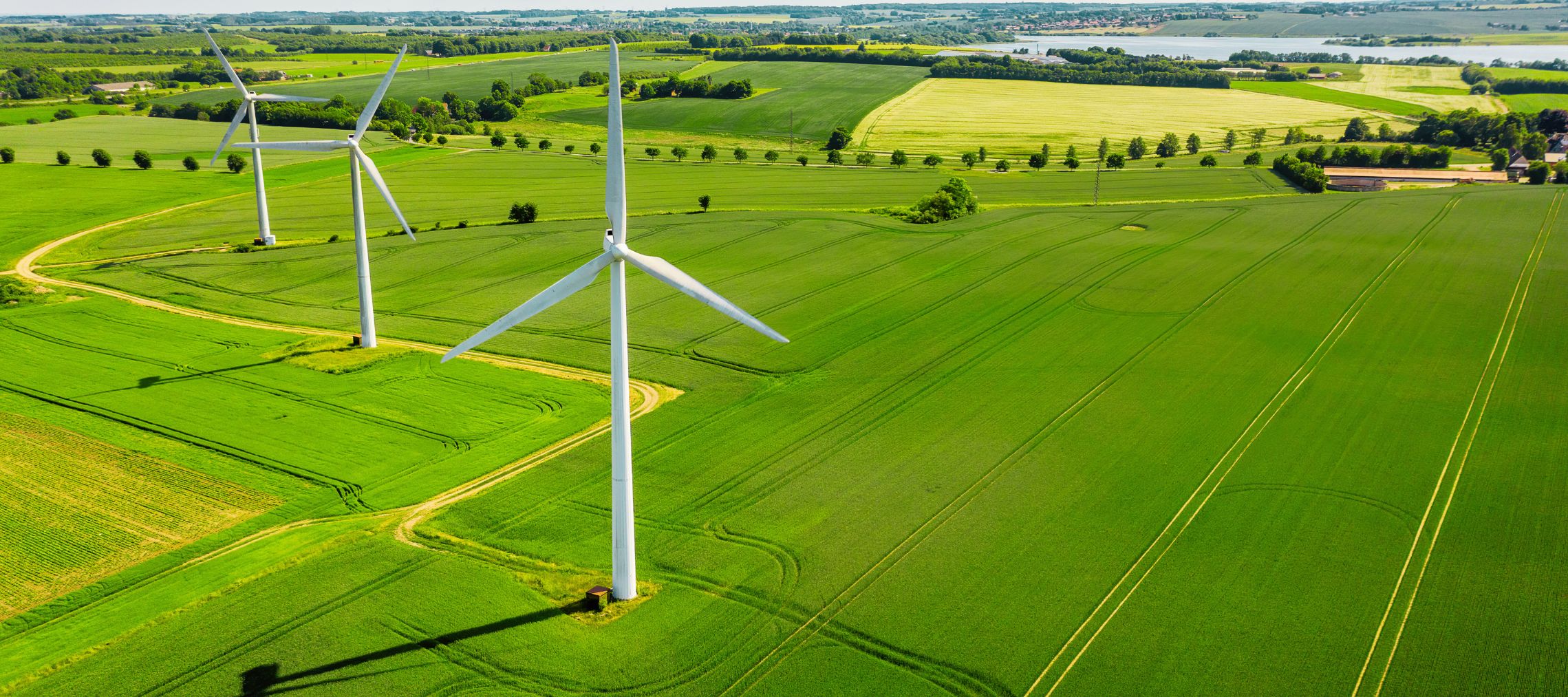India's road transport sector is a significant contributor to both fossil-fuel consumption and air pollution. As India strives for energy independence and aims to achieve net-zero emissions, it becomes crucial for the country to transition towards clean vehicle technologies powered by renewable energy sources. To support this transition effectively, a range of technologies, strategies, and policies are necessary. CSTEP, through its rigorous technical and policy research, develops evidence-based strategies to enable India's green energy transition.


The commercial catch in rooftop solar-powered EV charging
If electric vehicles (EVs) still rely on a coal-heavy grid for charging, are they really cleaner than internal combustion engine vehicles? What’s more, with EV demand surging in Indian cities like Bengaluru, this could increase CO2 emissions from the sector. As a cleaner and scalable charging solution, rooftop photovoltaic (RTPV)-based EV charging stations (EVCS) are a viable option. So, what is holding back the wider uptake of RTPV-EVCS?
Developing real-world drive cycles for heavy-duty freight vehicles using on-board diagnostics data
Driving cycles or drive cycles are plots of speed versus time used in vehicle testing to estimate fuel consumption and emissions. They are representative of a typical driving pattern of a vehicle type on a route (terrain). For developing drive cycles, the speed data of a vehicle are collected by the car chase method or using on-board devices (such as global positioning system devices); on-board devices provide more accurate speed data at second-by-second intervals than the car chase method. We used on-board diagnostic (OBD) devices to capture accurate speed–time profiles.
Press Release: Bengaluru 2030: EV charging demand and infrastructure
As electric vehicles (EVs) have zero tailpipe emissions and lower running costs, an increasing number of Bengalureans are adopting EVs over their conventional counterparts. As per a Bengaluru-based think tank, the Center for Study of Science, Technology and Policy (CSTEP), the city will have more than 23 lakh EVs by 2030. However, for a smoother transition to EVs, challenges related to battery charging need to be overcome.
Bengaluru 2030: EV charging demand and infrastructure
The environmental and health hazards associated with fossil-fuel-based vehicles are driving city dwellers towards electric vehicles (EVs), which have zero emissions and lower operating costs. As per the Center for Study of Science, Technology and Policy’s (CSTEP’s) report ‘Bengaluru 2030: Impact of EVs on Vehicular Emissions’, Bengaluru would have more than 23 lakh EVs (> 85% electric two wheelers [e-2Ws]) by 2030, helping curb beyond 3 million tonnes of CO2 emissions annually (CSTEP, 2023).
The untapped potential of workplace charging
Most people in India travel less than 50 km daily on their two-wheelers. We conducted a market survey that revealed that most of the popular electric two-wheelers (E2Ws) sold today have a real-world range of at least 55 km. So why don’t we see more E2Ws on the road?
What India can learn from China's EV push
The world is witnessing electric vehicle (EV) revolution. Improved air quality (zero tailpipe emissions) is a key benefit of EVs. With over 22 million EVs, China is leading this revolution. Studies have shown that the scale of EV adoption in China has helped improve air quality in Wuhan, Beijing, Shanghai, and Shenzhen. Many Indian cities, including Delhi, have unhealthy air. As an evolving EV market, what could India learn from China?
Potential and challenges of using hydrogen to decarbonise Indian Railways
The Indian Railways is one of the largest railway networks in the world, transporting millions of passengers and tonnes of freight daily. It has had a historically high demand for fossil fuels to meet the operational energy requirements, resulting in high operational costs and a high emission footprint. The government aims to tackle these challenges through 100% electrification of the railway network by 2024 and by becoming a net-zero emitter by 2030.
Eco-Mandates for a Climate-Resilient Democracy
Earth, home to over 8 billion species, saw record CO2 emissions in 2023. The temperatures rose by 1.4 °C, close to the 1.5 °C cap of the Paris Agreement, making it the warmest year. Recently, as we celebrated the World Environment Day on 5th June — the biggest day on environment observed to increase awareness about and action against this aggravating climate change situation — it is timely to reinterpret our fundamental rights and duties through a climate lens.
EV perceptions and usage patterns: Lessons from four Indian cities
Electric vehicles (EVs) are a technologically evolving industry that can help reduce fossil-fuel consumption and the associated import